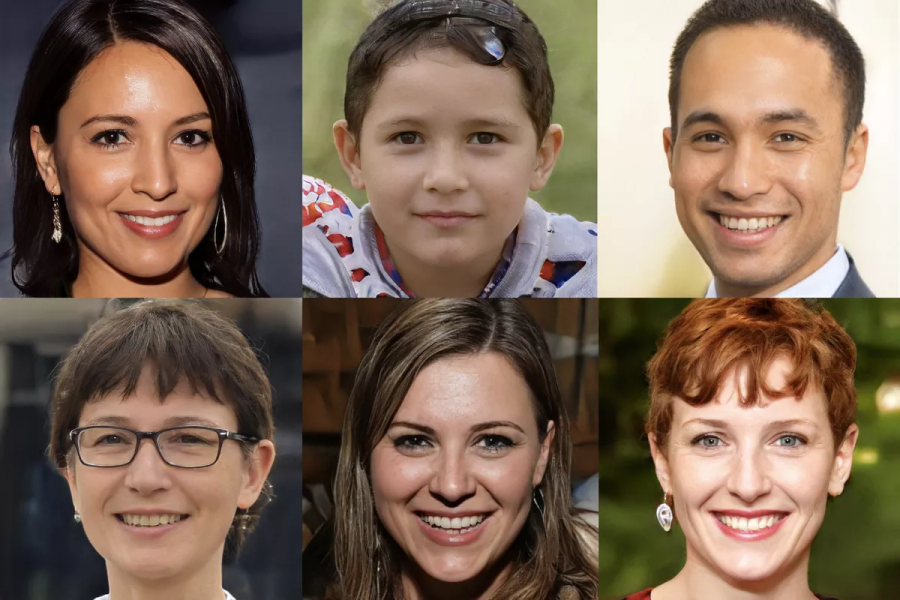AI Progression: These People Do Not Exist
Artificial Intelligence (AI), simply put, is the evolution of computer knowledge to a point where it can learn and adapt on its own. Just as people are able to learn new things and grow as a person, so too are scientists and computerists working on installing the same type of development in computing programs. One such achievement in recent years is facial reconstruction — in which technology is becoming scarily accurate in their analyzing and creating of human faces. Put simply, these people do not exist.
One website that is accessible to everyone that portrays AI’s progress in facial creation is thispersondoesnotexist.com — created by Phil Wang. Every time you visit/refresh this site, it generates the face of a new person — yet it is entirely computer-generated from the millions of photos of people found online. Constantly refreshing shows the wide array of possible faces that can be made — encompassing a range of ages, skin tones, and other general traits.
This site also provides a few other similar links — in which Art, Cats, Horses, and Chemicals display AI efforts in other sectors of creations as well. Something to keep in mind is that none of these creatures are real or have been real: they are all computer-generated images that are based on the millions of photos of these creatures that could be found online.
It is important to remember, however, that AI generation is not yet perfect. After enough refreshes, you may encounter a face that is oddly scarred, or another person’s face in the image that does not look like a typical human (e.g. they may have multiple eyes, a face that blends with the background, etc). Just like how humans and animals do not learn things perfectly, so too are computers imperfect (especially concerning the generation of complex images).
The longer the program runs for— and the more data points that are accessible to the program— the more opportunities the program has to learn and better-condition its output. With time, websites and programs like these will become more and more accurate to the point where people will not be able to tell the difference between a generated image and an actual image.
The question that many people face is: Should this advancement be praised in terms of how far technology has come, or should we be afraid of the future of tech as it becomes more and more human?

